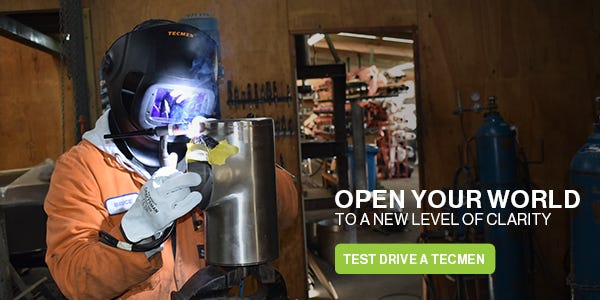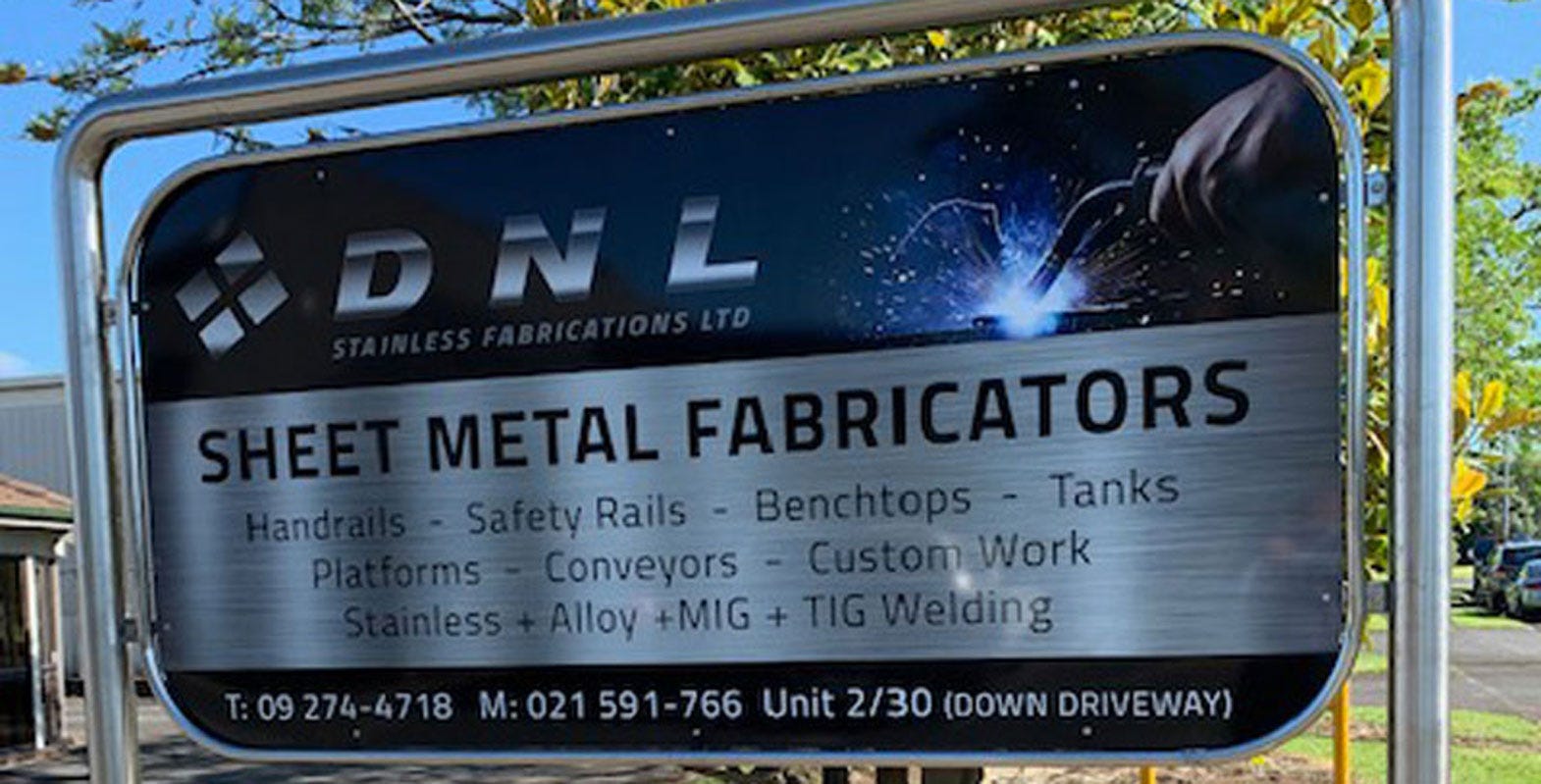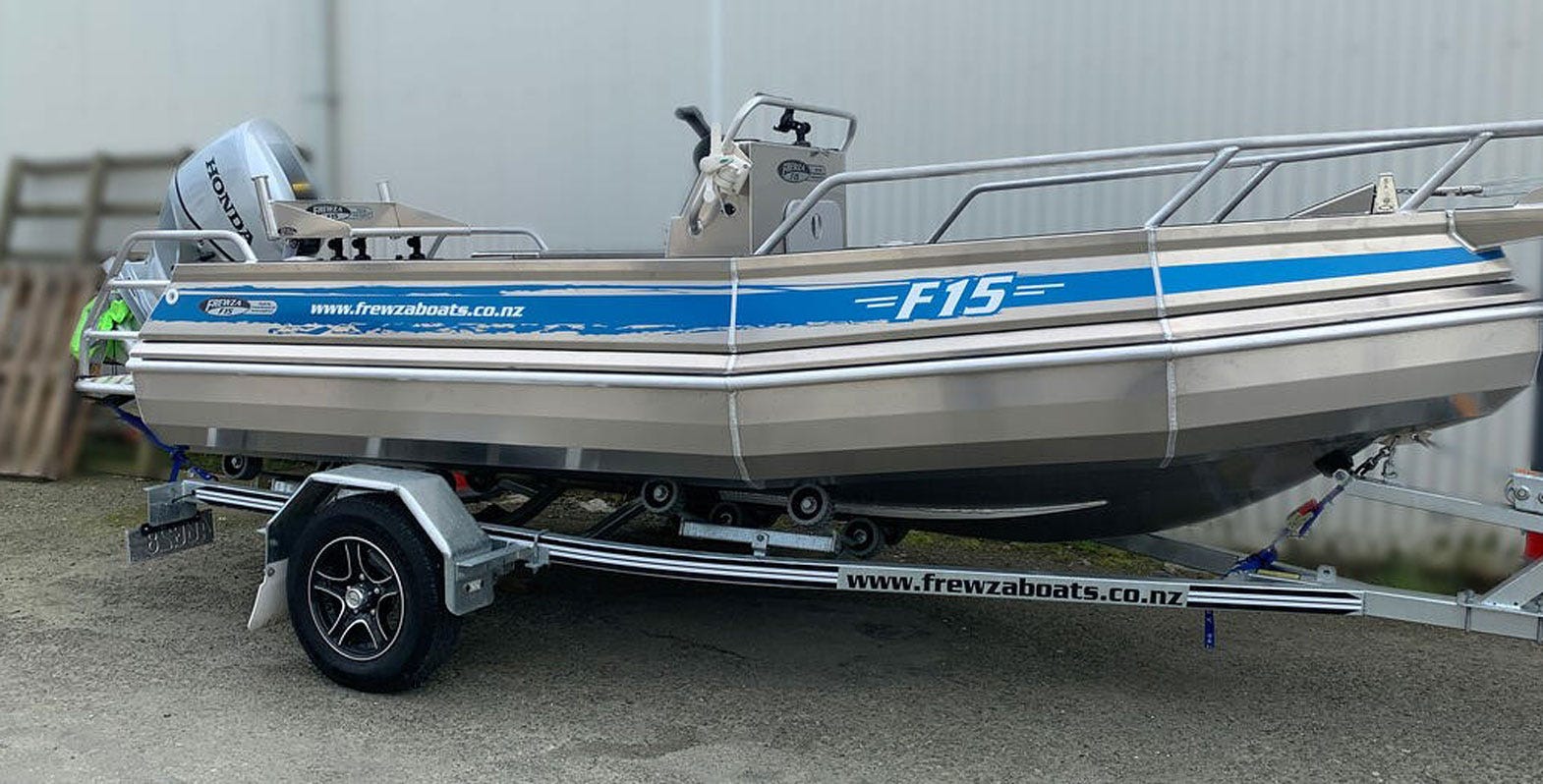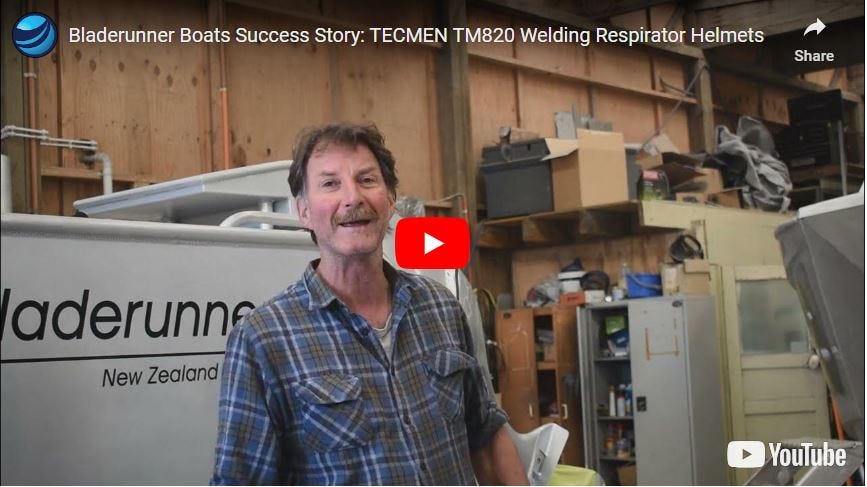Choosing respiratory gear - a quick guide
Welding safety isn't just about having good ventilation and wearing the right RPE. It should be thought of as a workshop wide plan to minimise respiratory hazards and keep everyone safe. One thing to be considered when developing your health and safety plan is your welding process, and how this affects the amount, and type of fumes produced. That's right. The way you weld could be helping to make you, and those around you sick.
First off, if you're not sure exactly why you need respiratory protection while welding or working in a metal fabrication workshop, read our blog here: The danger of welding fumes - cancer & other effects
So, now you're schooled up on the dangers of inhaling toxic fumes found in the workshop, let's go over your choices for appropriate respiratory protective equipment (RPE).
Filters
So not to confuse the situation, we'll start by talking about filters.
As you can probably guess, filters are used in respirators to filter out all the bad stuff that is likely to make you sick. There's filters for particles, filters for gas/vapours, and filters that do both. Having the right filters for whatever type of respiratory protection you choose is just as important as the RPE itself.
How do you choose the right filter?
- Know your enemy - to select the right filter you need to know what air contaminants you're fighting against.
- Check the labels - filters are labeled depending on what they are classified to protect against. If you're unsure, ask your supplier. The table below shows what the classifications mean.
- Select for your device type - make sure the filters you buy are suitable for the type of respirator you choose.
| Particles | Use | |
| P1 | Protects against mechanically generated dusts such as sanding, grinding, mining etc. | |
| P2 | Where protection from thermally generated contaminants is required (smelting or welding, where metallic fumes are produced) | |
| P3 | High efficiency filters. These must be used with a full facepiece to provide an effective facial seal to prevent highly toxic or irritant particulate contaminants leaking into the respirator. For use when handling highly toxic dusts or powders, like organophosphate insecticides and radionuclides | |
| Gas/Vapour | Contaminant | AUS/NZ & European Colour |
| Gas/vapour filters contain an agent which absorbs or reacts with the contaminant. They are usually designated with a letter or chemical abbreviation indicating the substance against which protection is intended. | ||
| Class 1 | Low to medium absorption capacity. | White |
| Class 2 | Medium absorption capacity. | White |
| Class 3 | High absorption capacity. | White |
| A | Organic vapours | Brown |
| B | Inorganic gases/vapours | Grey |
| E | Acid gases CI2, H2 S, HCN | Yellow |
| K | Ammonia | Green |
Respirator type
When choosing RPE, you've basically got 3 choices: disposable respirators, non-powered, and powered respirators. Below we'll briefly describe each option along with their advantages and disadvantages.
Disposable respirators
Disposable respirators are a type of 'air purifying' respirator where any air inhaled is drawn through purifying filter. Different filters are available depending on what contaminants the wearer is potentially exposed to. These respirators are non-powered, and made for single use. Generally a disposable respirator should only be worn for a maximum 8 hour period, and should be changed if removed in a contaminated area.
| Pros | Cons |
|
|
Non-Powered Respirators
These are non-powered air purifying respirators with replaceable filters. The respirator mask has a rubber face seal made from durable materials.
Non-powered respirators also come in the form of non-powered welding helmets.
| Pros | Cons |
|
|
Powered Respirators
Powered respirators have a battery-powered blower/fan unit to help air pass through the filters to the face-piece. These are positive pressure respirators in that the pressure inside the helmet is more than outside, meaning the powered air pushes away any contaminants that could try to get through leaks in the seal. The powered air also provides a cooling effect and enables easy breathing.
| Pros | Cons |
|
|
 Need assistance?
Need assistance?







